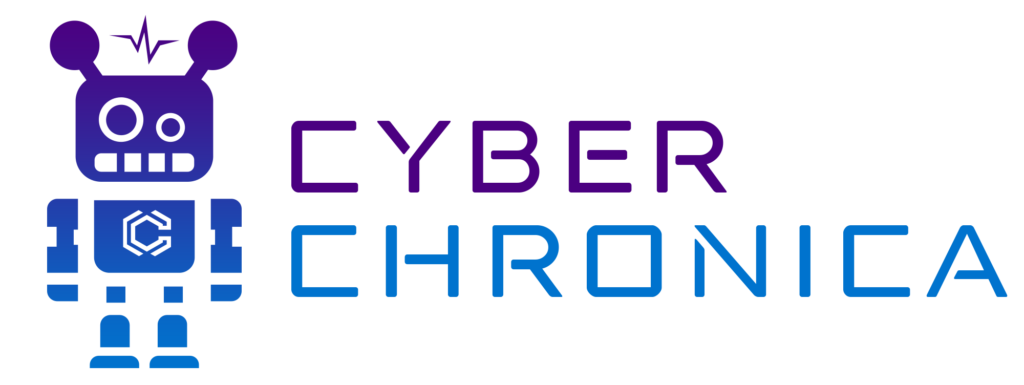The histologic features of sural nerve biopsy specimens demonstrated small fibre predominant axonal loss as characteristic of the pure form of alcoholic neuropathy. Ethanol and its toxic metabolites affect neural metabolism including metabolic activities in the nucleus, lysosomes, peroxisomes, endoplasmic reticulum, and cytoplasm [104]. The morphological basis of post-alcoholic damage of neural tissue includes primary axonopathy and secondary demyelination of motor and sensory (especially small) fibers [105].

The prevalence of denervation findings on EMG ranged from muscle to muscle, with the highest being in the muscles of the lower limbs suggesting a length-dependent pattern [35, 45, 52, 59]. Alcohol administration protocols that induce nervous tissue damage vary from a four-day acute intoxication (Crews et al., 2004) to 40 weeks of chronic consumption (Dlugos, 2006). In this study, we utilized a protocol with free access and choice between a bottle containing alcohol solution and another containing water. The free access to the alcohol bottle was on Mondays, Wednesdays, and Fridays. The position of the ethanol bottle was alternated in each drinking session to avoid the interference of conditioned place preference, according to Hwa et al. (2014). The ethanol solution (20% v.v.) was prepared with filtered water and 95% alcohol (Hwa et al., 2014).
CRediT authorship contribution statement
The cause is a diverse multifactorial process caused from damage by free radicals, the release of inflammatory markers, and oxidative stress. Individuals with alcoholic neuropathy often make a partial or full recovery, depending on the extent and duration of their alcohol consumption. The best thing a person with alcoholic neuropathy alcohol neuropathy can do is to stop or significantly reduce their alcohol intake. The first step in treating alcoholic neuropathy includes stopping alcohol use altogether. If your drinking is out of your control, know that many treatment options are available. This article reviews alcoholic neuropathy and its symptoms, causes, and treatment.
- These studies correlated the autonomic alterations with the total alcohol dose and the number of doses multiplied by the consumption period (El-Mas and Abdel-Rahman, 2013; de Zambotti et al., 2015).
- The most important thing you can do to treat this condition is to stop drinking.
- In that case, there may be some improvement in the symptoms of alcoholic neuropathy after the liver transplant, but often, the neuropathy is so advanced that there may be little, if any, improvement, even after a transplant.
- The only way to prevent alcoholic neuropathy is not to drink excessive amounts of alcohol.
- Recently, extended release gabapentin relieved symptoms of painful polyneuropathy [120].
- The subgroup without thiamine deficiency consisted of 36 patients, while the subgroup with thiamine deficiency consisted of 28 patients.
In that case, there may be some improvement in the symptoms of alcoholic neuropathy after the liver transplant, but often, the neuropathy is so advanced that there may be little, if any, improvement, even after a transplant. Both the toxicity of alcohol and nutritional deficiencies in those who drink heavily have been linked with nerve pain in alcoholic neuropathy. This could lead to disability, chronic pain, and damage to your arms and legs.
Research directions
Apoptosis of neurones was induced by cisplatin, but pre-incubation with N-acetylcysteine completely blocked apoptosis [112]. Excessive, long-term consumption of alcohol can lead to malnutrition as well as nerve damage, and both contribute to the development of alcoholic neuropathy. When alcohol is responsible for damage to the peripheral nerves, a person has alcoholic neuropathy. People who drink heavily on a regular basis are at risk of developing this condition. Alcoholic neuropathy damages the nerves due to prolonged and excessive alcohol consumption.

Izumi et al. [73] also demonstrated that a single day of ethanol exposure in rats on post natal day 7 results in significant apoptotic neuronal damage throughout the forebrain after 24 h of ethanol administration. Thus, it is quite possible that chronic alcohol consumption is responsible for inducing neuropathy by activation of the caspase cascade and may be an important target for the treatment of alcoholic neuropathy. Spinal cord glial cells are implicated in the exaggerated pain state created by diverse manipulations such as subcutaneous inflammation, neuropathy and spinal immune activation [65, 66].

